Tom Sleigh on Haibun, Basho, the Poet as Journalist as Poet
I remember having dinner with a journalist, a decent enough guy, afflicted with “The Danger I’ve Been Through Is Bigger Than the Danger You’ve Been Through” disease. It’s a pretty common form of one-upmanship, but since he thought of me as a poet—a dude who gazes at his navel, and then, for a little variety, asks his other poet pals if he can gaze at their navels—he was a little surprised when someone else at the table mentioned that, in addition to my being a poetic navel-gazer, I’d also done some journalism.
There was maybe a touch of scorn in his voice when he said, “You? About what?” I said that I’d just finished a long piece about Somali refugees. He gave me a blank look and said, “Oh, you mean you look stuff up and write it here in the US.” And when I said no, that I’d spent time in Dadaab, the biggest refugee camp in the world, up near the Somali border, and that I’d been to Mogadishu during the 2010–2011 famine in which close to 260,000 died—imagine a city like Buffalo, New York, in which every man, woman, and child starves to death—I could see him recalibrating what he thought of me.
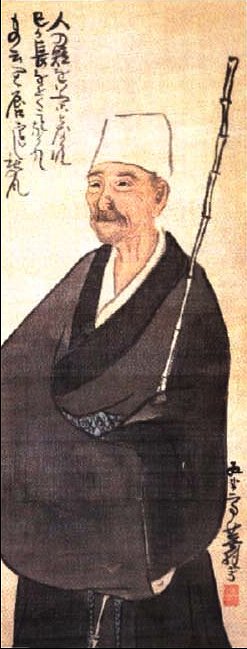
And I have to admit, the surprise in his voice is a surprise I share. I’ve also been guilty of the desire to flaunt the war-is-hell persona—maybe it’s just a way of turning fear into a story that you can live with, tedious as that may be for others—but since I know “real” journalists, I also know that the kind of long-form essays I write, which are dedicated to how things look and feel, rather than what they signify as “news,” means that I’m an amateur. I’m not apologizing for that. I have no gift for policy prescription, and whatever “views” I might have spring out of my immediate perceptions: a camel seller with henna in his beard; a group of Amisom soldiers lying asleep on flattened cardboard packing crates; a starving goat climbing inside a huge metal pot, and with its long tongue licking the pot clean, a pot that just minutes ago fed several hundred equally starving kids. These moments of texture are far more interesting to me than writing a coherent “story.”
The other significant difference between me and my professional dinner companion is that I almost always need to make repeated visits to a place for it to fully imprint on my nervous system. Only then can I write about it convincingly, at least for myself. At a deeper level—and I have a hunch this is the same wellspring that the poems come from—my need to see things for myself is a way of cutting through the haze of media-spawned fantasies that we’re all prey to. I used to feel that I lived in a hell of abstractions and opinion; it was a drag to feel the truth of Marx’s little dictum: All that is solid melts into air.
But at the same time, I thought that there must be a way to make that intuition a source for poetry. What the journalism did was to ground that intuition in what Seamus Heaney once called “the primal reach of the physical.” Direct perception became a way to embody emotion, as opposed to editorializing, or thinking around it. You might say with Dante that poetic speech became parlare visibile—speech made visible. So the journalism helped me to hone the discipline of observation. The part of me in the past that might have wanted to overwhelm what I saw with what I felt was kept at the right orbital distance. As Heaney wrote of Elizabeth Bishop, she was “content to remain an assisting presence rather than an overbearing pressure.”
All this is a roundabout way to back into my interest in haibun: I’m not going to give a recipe for how to write it, since lots of poets and scholars have already done that. Instead, I’d like to speculate a bit around a long poem, “Homage to Bashō,” from Station Zed, that takes off from my experiences as a journalist in December 2013 in Iraq. And one last caveat: I know that the “poetry of witness” label could be affixed to this poem, but I don’t think of it in that light. Poetry of witness was once a useful term, but things have moved on. In an age like ours, in which so many different viewpoints can be broadcast over digital media, the idea that one person can stand in front of history and tell us how to feel about it seems like nostalgia.
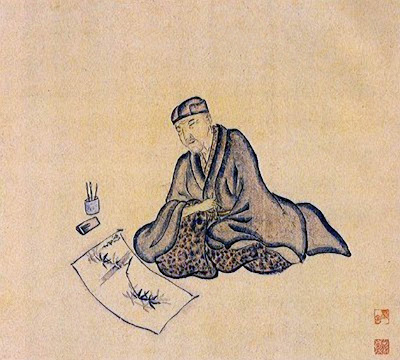
What interests me about haibun, in relation to this kind of material, is how limited the poet’s perspective is: if you read Bashō’s The Narrow Road to the Deep North—Bashō is the seventeenth-century Japanese poet who originated this distilled form of travelogue that mixes poetry and prose—the poems and prose ricochet back and forth, the poems highlighting the poet’s subjective feeling for everyday experiences that the prose recounts: fishermen or children or geisha that Bashō happens to meet on the road, the look of a pond after a frog jumps into it—homely and dependable stuff coming out of direct observation, but always with that limited, subjective element, like an aroma, emanating from the images. Bashō came up with three ways of describing this subjective aura: sabi meaning “loneliness,” shiori, “tenderness,” and hosomi, “slenderness.” As to what he means by these terms, precise definition wouldn’t get us very far. Instead, this is what he says about sabi:
But Bashō also makes clear that the objective element in poetry is what saves it from being mere notation of sensibility, diddling language in a hothouse where all the flowers turn into words, nothing but words. Bashō says:
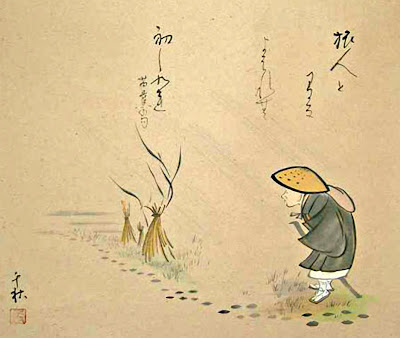
The hard question this raises is about cultural sensitivities: how is an outsider to Iraq supposed to record that hidden glimmering? Before I address that, I ought to come clean and say that my analytical interest in Bashō really began when I was asked to write this essay. When I got the idea to write a travelogue about Iraq punctuated by poems, I remembered reading Bashō thirty or forty years ago, when I first started writing poetry. I vaguely recalled a lot of nature imagery, an aura of Buddhist piety that I still don’t have much feeling for, and a delight in how sharp an observer he was. The poem verified for me that it was a mode I could rely on in figuring out the right balance between the subjective and objective elements.
I remember reading The Narrow Road to the Deep North at a certain point in the process of writing “Homage to Bashō,” and knowing that the key for me was in understanding the right rhythm of alternation between poetry and prose. If I could get that right, then, following Bashō’s example, I could use the prose as a way to discipline the subjective element in the poem. And as a crucial part of that discipline, I can’t stress enough how important it is, in dealing with this kind of material, to acknowledge the limits of your own subjectivity. You’ve got to place the speaking voice in your poem in such a way that it acknowledges at crucial moments how limited a perspective you have.
Finding that rhythm between the subjective and objective was a lot harder than I imagined. I found myself cutting huge swaths of backstory, exposition, and overt political commentary. Slowly, I discovered that the complexity of the feel of experience, as opposed to anything I might say about it, was the real subject of the poem. And for me, at least, that’s what truly political poems do: they talk about political emotions, rather than political convictions. If I say, The Pax Americana was always a failed occupation, what have I really said? Nothing that a thousand others, knee-jerk liberals like myself, haven’t said. They may not use the fancy faux Latin, but isn’t it a lot more revelatory, and in Bashō’s spirit of focusing on what’s right in front of you, to describe the kitschy, A-Thousand-and-One-Nights architecture of one of Saddam’s palaces-cum-torture chambers, complete with surrounding moat and helipad on the roof?
In contrast to political convictions, which may or may not be incorporated into our daily lives (Cicero may have decried the loss of the Roman Republic, but he’d gotten immensely rich off the plundered fruits of the Empire), political emotions are always complex, and deeply troubled. So the accurate expression of mixed emotion seems to me to be at the core of the poetry I most care about. Yeats said it in a somewhat more rhetorical way when he wrote that the purpose of art was to hold reality and justice in a single thought.
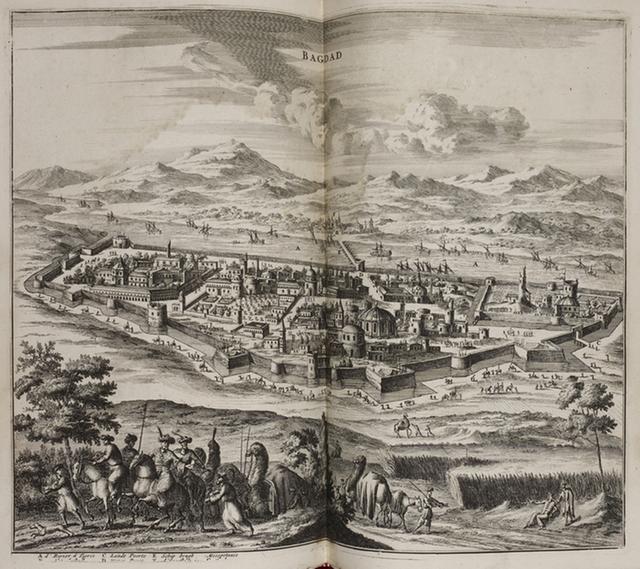
So by focusing in the prose on the limits of what I knew about the daily life of ordinary Iraqis under constant threat of random explosions and trigger-mad militias, I felt released in the poems to take the plunge into the lives of the students, writers, and professors whom I was meeting in universities and cultural centers all over the country. This ability to take the plunge is what Keats called “negative capability.” It’s the taproot of imagism, in which Pound said that “the image is always the adequate symbol.” Or as Pound’s unofficial mentor, the English philosopher, T. E. Hulme put it, “poetic language is a compromise for a language of intuition which would hand over sensations bodily. It always endeavours to arrest you, and to make you continuously see a physical thing, to prevent you gliding through an abstract process.” Which of course doesn’t mean that poetic language needs to be tethered to an image in order to earn its poetic keep. Tone of voice, rhythm, and patterns of sound are all ways of grounding abstraction in subtle vocal maneuvers. But this in-your-face physicality is one of the prime virtues of haibun: the prose may be pulling you toward the real, but the poems keep pulling you back toward the subjective: one verifies the other.
Of course that verification isn’t as simple and cozy as it sounds: as Bashō says, “However well phrased your poetry may be, if your feeling is not natural—if the object and yourself are separate—then your poetry is not true poetry but merely your subjective counterfeit.” What he means by making yourself one with the object isn’t exactly clear to me: I’m not a Buddhist, and my temper is much more inclined toward fine distinctions than merging. Of course no poet could be more hardheadedly accurate in rendering what he sees than Bashō. So perhaps he means that the object and the perceiving self level out like the pans of an old-fashioned scale, so that the balance beam is completely level. Neither pan weighs the other pan down, but instead they exist in a constant equilibrium.
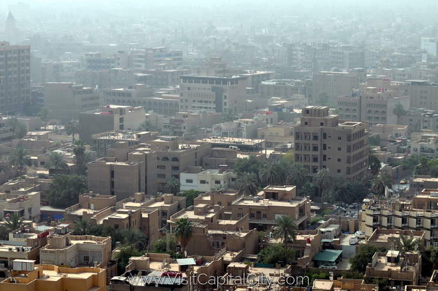
But it’s the constant tension between the two pans that most interests me. How difficult that equilibrium is to achieve!—as if the poet’s joy in perception is constantly being weighed down by the suffering that a sharp-eyed observer like Bashō can’t help but see. Thus his quickness of response to others’ pain means that he never stands aloof from them in his Buddhist heaven. And it’s this quality that I find most galvanizing in Bashō’s work—not the Buddhist trappings, or the delicate melancholy, or his sensitivity to flowers and mist; but his submersion of self in the world as he finds it, a world that is always every moment fighting to restore its equilibrium, but only as a way of losing it.
Tom Sleigh is the author of ten poetry collections, including Army Cats, Station Zed, and most recently House of Fact, House of Ruin. He is also the author of the essay collections The Land between Two Rivers and Interview with a Ghost. He is a Distinguished Professor in the MFA Program at Hunter College and lives in Brooklyn. During the last eight years, he has also worked as a journalist in Syria, Lebanon, Somalia, Kenya, Iraq, and Libya.
Image Credits
Image 1: http://commons.wikimedia.org/wiki/File:Basho_by_Buson.jpg
Images 2 and 3: http://basho-imagery.blogspot.com/2012/11/basho-in-sumi-wood-bronze.html
Image 4: http://www.thenational.ae/world/middle-east/in-pictures-city-of-culture…